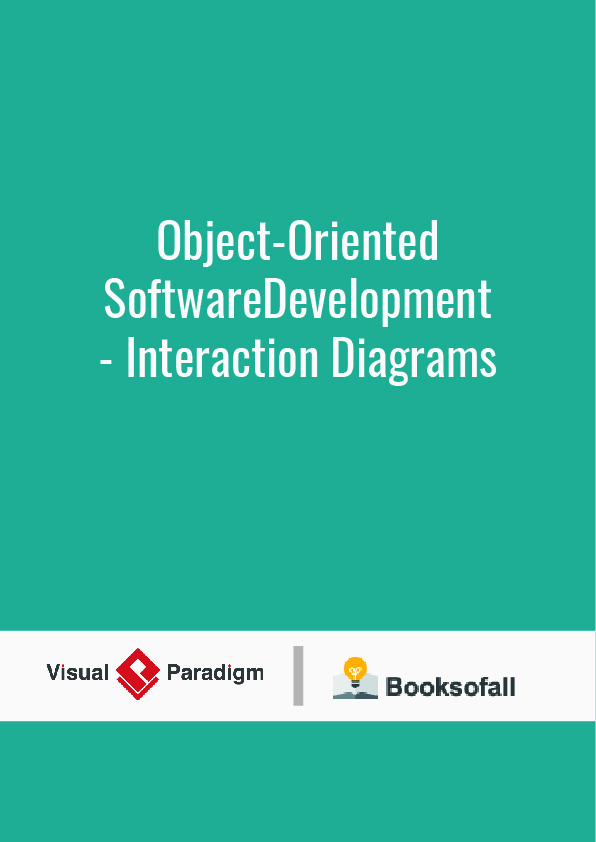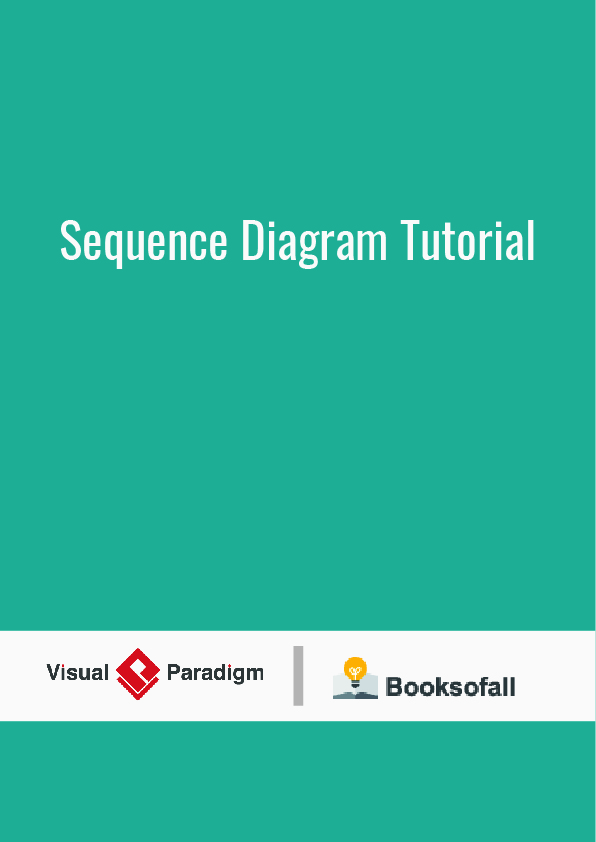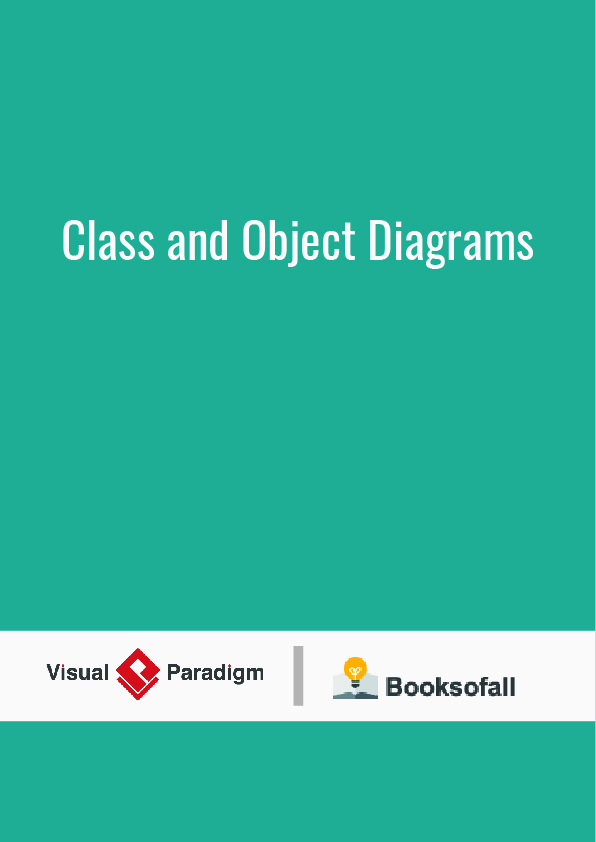The Unified Modeling Language (UML) is a general-purpose, developmental, modeling language in software engineering that is intended to provide a standard way to visualize the design of a system.
The creation of UML was originally motivated by the desire to standardize disparate notational systems and approaches to software design. It was developed at Rational Software from 1994–1995, with further development led by them through 1996.
In 1997, UML was adopted as a standard by the Object Management Group (OMG) and has been managed by this organization ever since. In 2005, UML was also published by the International Organization for Standardization (ISO) as an approved ISO standard. Since then the standard has been periodically revised to cover the latest revision of UML. In software engineering, most practitioners do not use UML, but instead produce informal hand-drawn diagrams; these diagrams, however, often include elements from UML.
Before UML 1.0
UML has been evolving since the second half of the 1990s and has its roots in the object-oriented programming methods developed in the late 1980s and early 1990s. The timeline (see image) shows the highlights of the history of object-oriented modeling methods and notation.
It is originally based on the notations of the Booch method, the object-modeling technique (OMT), and object-oriented software engineering (OOSE), which it has integrated into a single language.
Rational Software Corporation hired James Rumbaugh from General Electric in 1994 and after that, the company became the source for two of the most popular object-oriented modeling approaches of the day:[6] Rumbaugh’s object-modeling technique (OMT) and Grady Booch’s method. They were soon assisted in their efforts by Ivar Jacobson, the creator of the object-oriented software engineering (OOSE) method, who joined them at Rational in 1995.
Structure diagrams
Structure diagrams represent the static aspects of the system. It emphasizes the things that must be present in the system being modeled. Since structure diagrams represent the structure, they are used extensively in documenting the software architecture of software systems. For example, the component diagram describes how a software system is split up into components and shows the dependencies among these components.
Behavior diagrams
Behavior diagrams represent the dynamic aspect of the system. It emphasizes what must happen in the system being modeled. Since behavior diagrams illustrate the behavior of a system, they are used extensively to describe the functionality of software systems. As an example, the activity diagram describes the business and step-by-step operational activities of the components in a system.
Interaction diagrams
A subset of behavior diagrams, interaction diagrams emphasize the flow of control and data among the things in the system being modeled. For example, the sequence diagram shows how objects communicate with each other regarding a sequence of messages.











